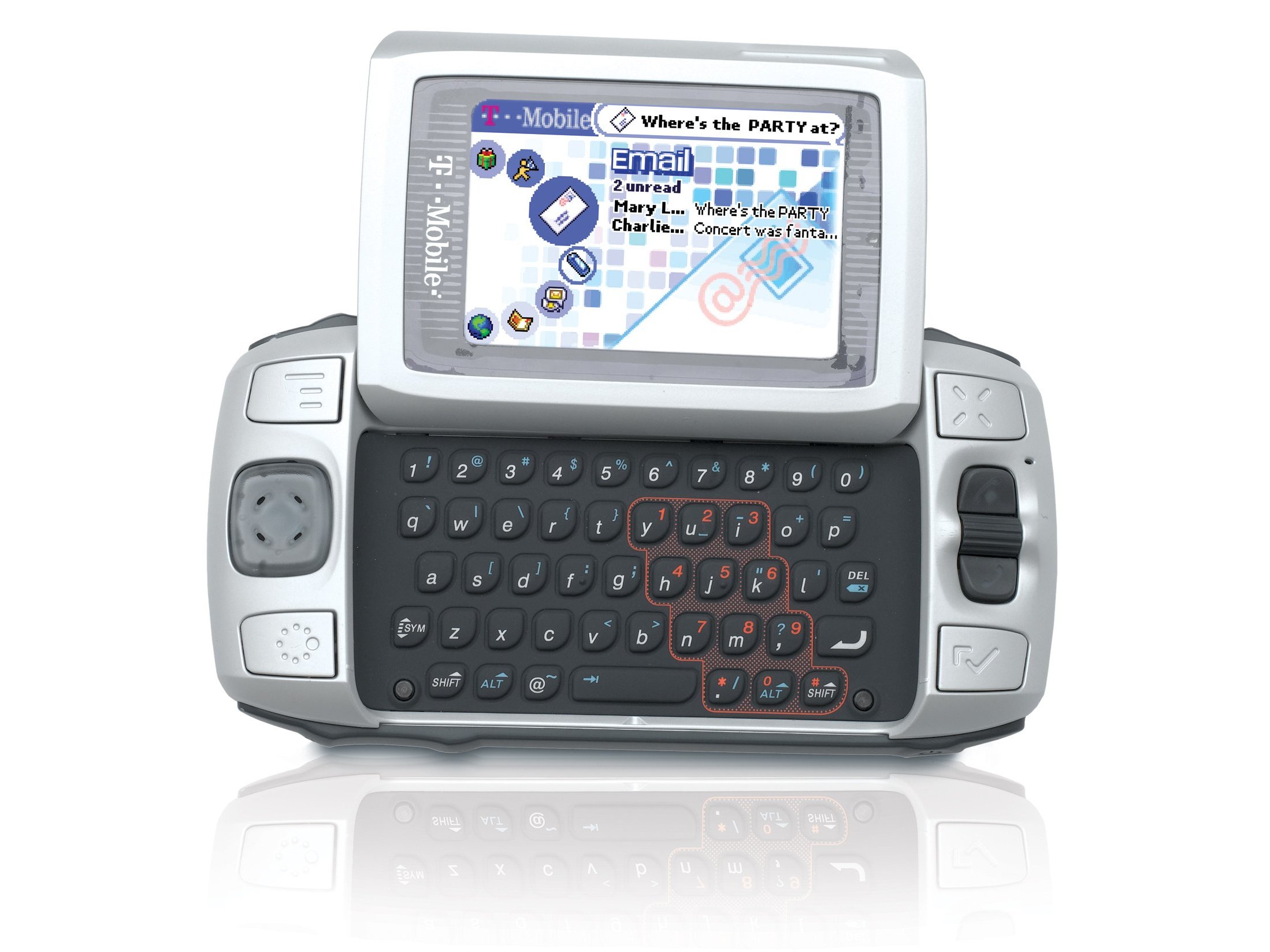TechRadar Verdict
If you can forgive its few flaws, we're sure you'll be at least mildly satisfied
Why you can trust TechRadar
There was a time when mobiles were used for just one purpose - as telephones. Not any more. Now they incorporate instant messaging hubs, all-round organisers and even portable Web browsers. The Sidekick II is one such device that cleverly crams in all of the above and more.
Prod the bottom edge of the screen and it rotates outward, spinning 180º and revealing a full QWERTY keyboard beneath. This is far more effective than the laboriously slow process of typing with number keys, so it's far better suited to the Sidekick's Web and email intentions. Some letters of the keyboard double as number keys, and the intuitive software can sense when you're trying to dial.
Fun functions Even the underlying functionality of the Sidekick is well thought out. Little is stored on the unit itself, except for application front ends, an extremely limited selection of offl ine applications and polyphonic ringtones. It communicates constantly via GPRS with T-Mobile's central servers. The Sidekick apps (calendar, organise and so on) are run remotely.
Every bit of your data is stored on these servers, which is refreshingly useful. There's no worrying about backups, for a start, because your data's safe, even if you lose your phone. There's also the advantage of T-Mobile's Web-based interface, enabling you access to your content even when you're not at your Sidekick. Set it up with your existing POP or IMAP email account and your messages can be sent straight to your phone.
There's no question that the Sidekick is more suited to the younger generation than the competing BlackBerry. It's tied to constantly squawking AOL and Yahoo! instant messaging apps. This means that it can keep you on the bleeding edge of social happenings, but demands far more attention than a normal phone. The menus and interface are almost sickeningly hip.
Furthermore, we suspect the youngsters will have more luck with the keyboard than our fat-fi ngered attempts at typing. Youthful styling aside, the interface is both intuitive and fun to use. Clever predictive messaging and word replacement functions make typing a doddle, plus the controls act intuitively.
You'd be forgiven for forgetting that the Sidekick can make calls. It can, and it does it well, although the size of the thing makes you feel somewhat conspicuous. The light-up d-pad cleverly doubles as the earpiece and there's a selection of easy-to-access profi les so that you can minimise inopportune ringtone interruptions. Dialling numbers is something of a chore without fl ipping the screen out, but fi nding one of your contacts using the scroll wheel is a breeze.
Sign up for breaking news, reviews, opinion, top tech deals, and more.
As a communicator the Sidekick is undeniably great - it keeps you connected on every level except video calling. Future thinkers might want to steer clear, however, because this is already old technology. It was released in the US nearly two years ago. Playing games is evidence that there's not an awful lot of power behind it and the Web connection over GPRS is slow.
The screen's lack of resolution causes numerous formatting problems. If you need the Internet on the move, you'd be far better off with a 3G card for your laptop. If you can forgive these few fl aws, we're sure you'll be at least mildly satisfied.
Tech.co.uk was the former name of TechRadar.com. Its staff were at the forefront of the digital publishing revolution, and spearheaded the move to bring consumer technology journalism to its natural home – online. Many of the current TechRadar staff started life a Tech.co.uk staff writer, covering everything from the emerging smartphone market to the evolving market of personal computers. Think of it as the building blocks of the TechRadar you love today.
